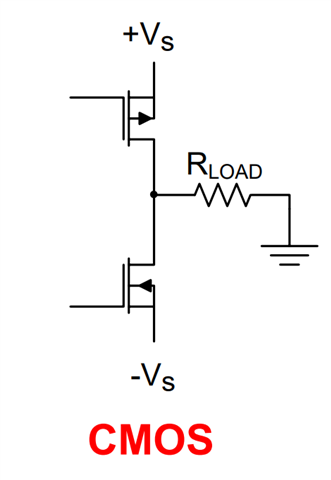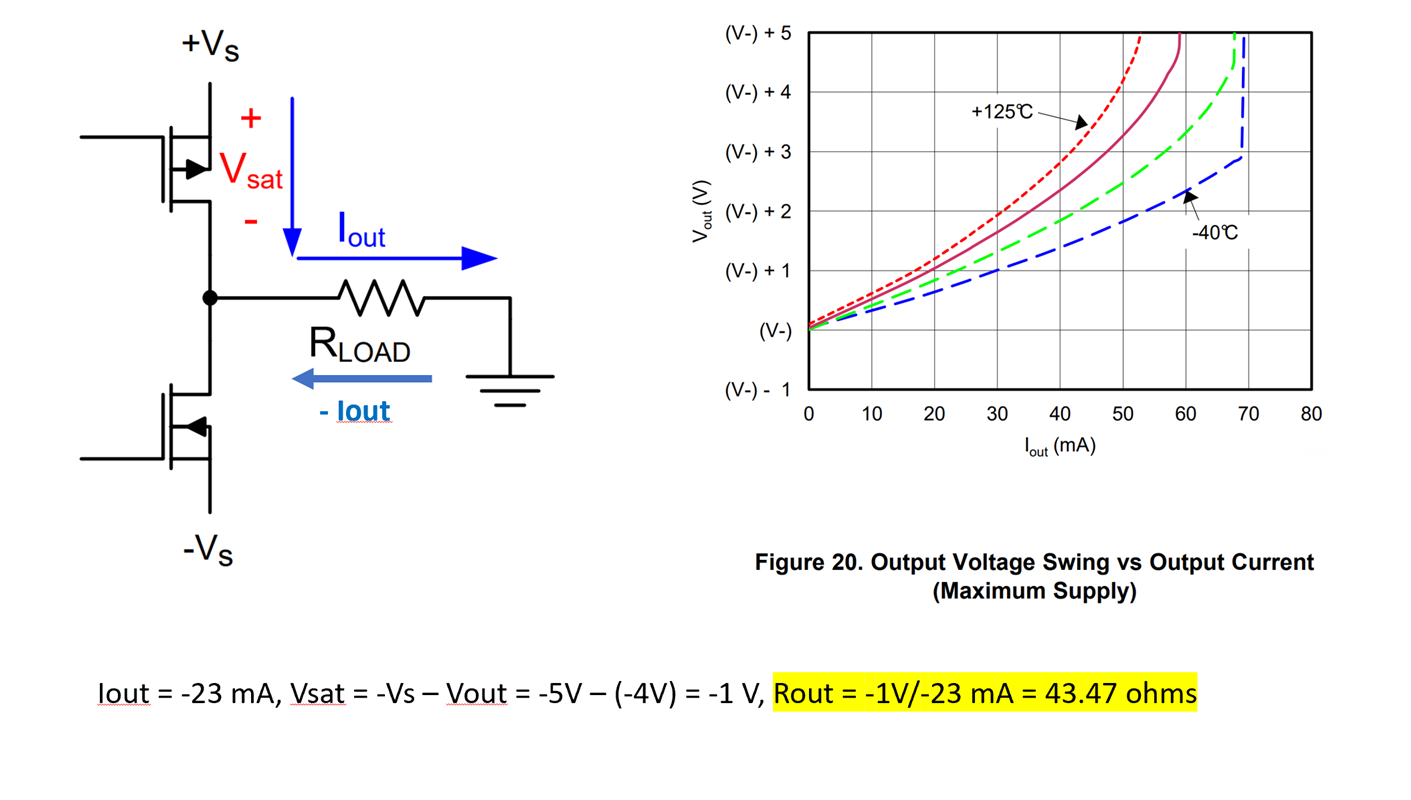I hope to know which resistance value listed in P. 6, P. 9, P11 is the output resistance of this OPA192 device? Or none of these 3 resistance values is the output resistance value of this device and the output resistance of this is determined by some other ways instead of the 3 values listed in these several pages?
Thanks
yenwu lo




